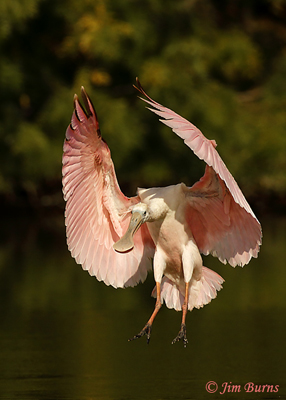
Woodsy, of course, is a wise, old owl, mysterious but confiding, who knows everything about birds and the personalities of the birders who seek them. Woodsy answers three letters for this first installment of her column and, as you’ll see, she’s very careful not to disrespect her readers or their questions.
Dear Woodsy,
I’m just getting into this and had a cute little bird in my backyard I’d never seen before. My Merlin app said it was some kind of a sparrow, but when I took a picture with my phone and sent it to my neighbor who’s a birder, she said it’s a female Vermilion Flycatcher. Can you identify it for me?
Thanks, Newbie
Dear Newbie,
It’s a female Vermillion Flycatcher. Merlin is a great tool, but it can be misleading for beginners who may not yet be conversant with the names of birds’ body parts, the nuances of color and size, and the importance of behavioral clues. My advice is to invest in any one of the better known field guides and use it in conjunction with Merlin. You’ll become a better birder faster by familiarizing yourself with the different bird families, their seasonal plumages, and their geographical distribution, even if you just leave your new guide book at home on your bedside table and leaf through it every night.
Dear Woodsy,
I’m a lifelong birder, and it drives me crazy when a bunch of listers and wanna-bes descend on a rarity site, see the bird, and then begin talking loudly, laughing, and exchanging “war stories.” Sometimes the noise and activity actually scares the bird away, but at the very least it’s distracting for those of us who want to sit quietly and observe the bird’s beauty and behavior. The last time this happened I was ready to go deck a couple of these arrogant, self-centered jerks.
Thanks, Serious birder
Dear Serious,
My suggestion is to approach these disrespectful birders, adhering to proper social distancing of course, and quietly and politely ask them, since they’ve already seen and “ticked” the bird, to move away from the immediate area. Remind them others may be coming later to see the bird, and those still there may be trying to photograph or just enjoy a bird they don’t often get to see. Rarities often bring together old birding friends who may not realize how boisterous their infrequent reunions can become.
Dear Woodsy,
I recently went to look for a rare bird that had been reported on social media. There were a dozen birders at the site waiting for the bird to show, most of them masked up, but a few maskless. Given the unfortunate politicization of mask wearing, do you think it would be okay to unobtrusively ask them to mask up or leave, pointing out that we are all in this together regardless of our political leanings or birding skills?
Thanks, Shrikes Wear Masks
Dear Shrike,
You make a very valid point, and I think it well within your rights to ask them to comply with a social protocol designed to keep the general populace as safe as possible through this pandemic. Maskless might even be illegal in some areas. I’d suggest making your request quietly, though, not trying to publicly shame them in front of the group.
